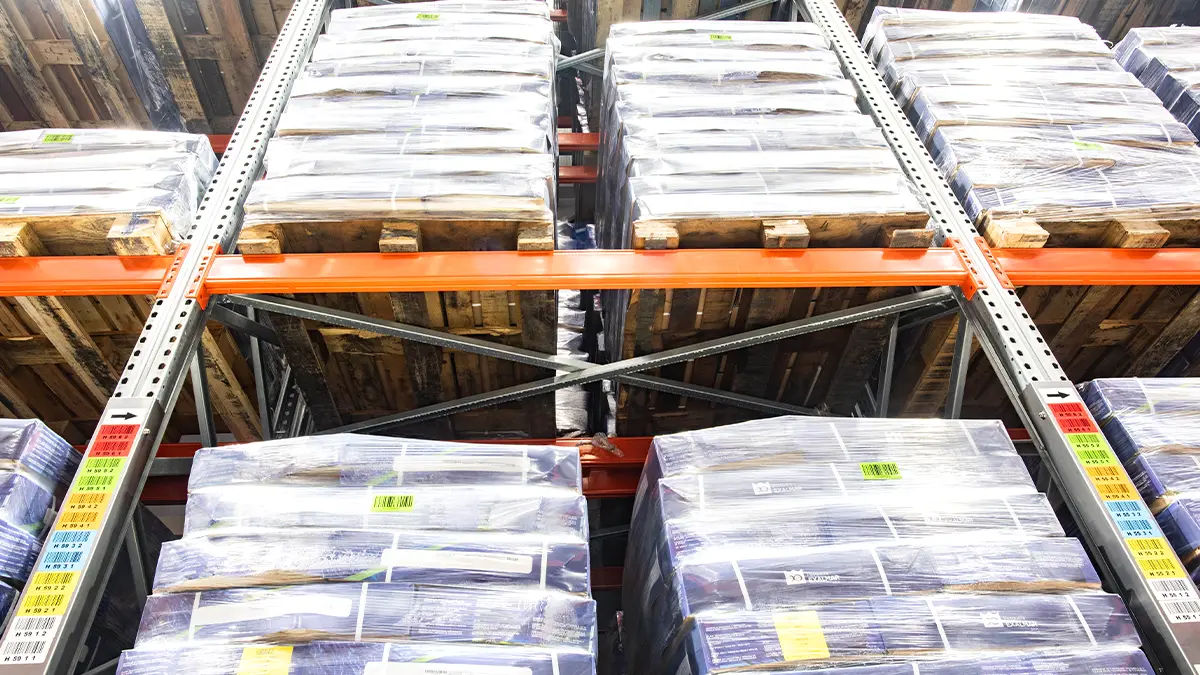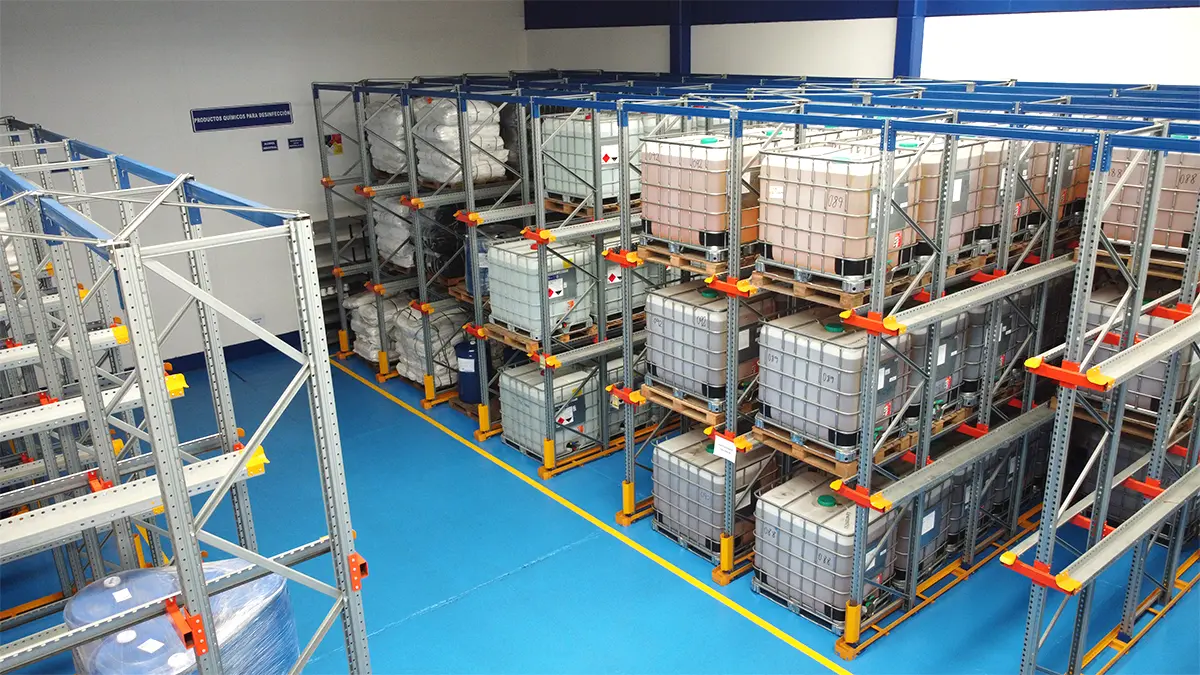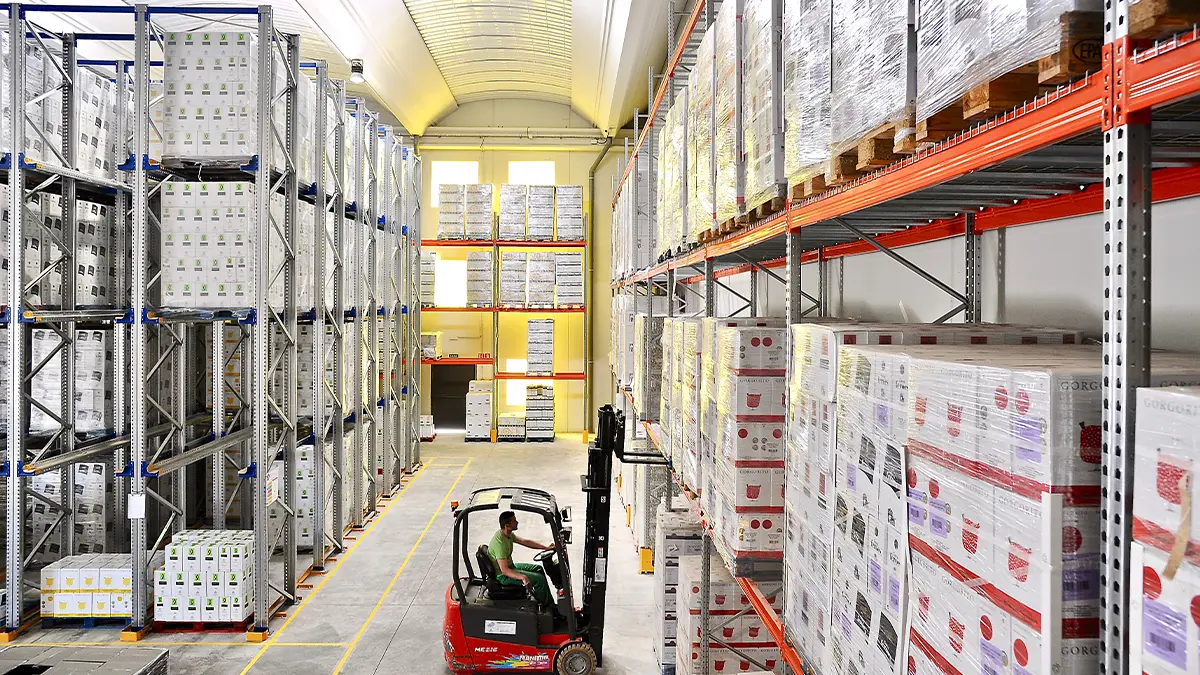In a world increasingly focused on efficiency and inventory control, the SKU (Stock Keeping Unit) has become an essential tool for warehouse management. A SKU is a unique code assigned to each individual product that is stored or sold in an establishment. In this article, we will explore what the SKU in the warehouse is, the different types that exist and how to apply it to optimise inventory management.
What is the SKU in the warehouse?
The SKU is an alphanumeric code that identifies and distinguishes each item in the warehouse inventory. Through this coding system, inventory managers can accurately track each product and obtain detailed information about its movement, sales and stock.
The SKU structure can vary by warehouse and type of product, but generally includes relevant information such as manufacturer, model, colour, size and other characteristics important for inventory management. For example, a simple SKU for an industrial racking beam might be "BEAM-XL-ORANGE-002".
SKU applications in the warehouse
Proper SKU implementation in warehouse management can significantly improve inventory efficiency and accuracy. Here are some applications that SKUs are useful for:
Inventory control
Each time a new batch of products arrives at the warehouse, it is assigned a unique SKU. This facilitates the tracking of inflows and outflows, and the identification of products that need replenishment.
Order management
By using SKUs, employees can quickly locate specific products requested by customers, avoiding confusion and increasing order preparation speed.
Optimisation of space
By knowing exactly what products are in stock and how much space they occupy, it is possible to optimise the physical layout of the warehouse to maximise capacity, choose more compact storage systems and facilitate the flow of operations.
Analysis of demand
The SKU can obtain detailed data on the sales of each individual product, helping to take informed decisions on what products should be kept in stock and which should be discarded.
Management of Returns
With a specific SKU for each product, the reverse logistics process is simplified. The return process becomes smoother and more accurate since the item can be tracked from its origin to its final destination.

Impact of the SKU on the design of storage systems
The design of the storage system with a warehouse is directly affected by the use of SKU. Some key aspects to consider are:
Appropriate storage systems
Choosing the most appropriate storage system largely depends on the type of products and the number of SKU being handled. For example, the storage of small and diverse products could require Wide Span Shelving, while bulky products may need Pallet Flow Racking . It is also important to know whether the SKU of a company are homogeneous, for which Drive in Racking could be an interesting option, or if, on the other hand, they are heterogeneous and it would be better to install a more versatile solution such as Selective Pallet Racking.
High-density storage
With well-defined and organised SKUs, it is possible to maximise the warehouse capacity. Storage systems can be configured to fully exploit both the available floor and height space and facilitate access to the most requested products.
Picking Systems
The SKU affect the choice of the most appropriate picking system (product collection). Depending on the volume of sales and product rotation, batch picking, zone picking, wave picking or piece picking can be opted for.
Automation
With the unique identification that SKU offer, automated storage systems can operate more accurately and efficiently. Automation is particularly useful in warehouses with a large number of SKU and a high volume of operations.
Labelling and Signage
The use of SKU also affects labelling and signage in the warehouse. Product locations must be clearly identified with the corresponding SKU code to facilitate their location.
Types of SKU in the warehouse
SKU may be very different from each another depending on the use and company, but they can be categorised into the following groups:
- Simple SKU: This is the most basic type of SKU, which identifies a single product without considering variants such as colour or size. For example, following the above example, a simple SKU could be "BEAM-002".
- SKU with Attributes: This type of SKU includes information about the product attributes, such as colour, size, style, etc. Using the above example, an SKU with attributes could be "BEAM-XL-ORANGE-002".
- Hierarchical SKU: It is used to organise products into a hierarchy, particularly useful in warehouses with a wide range of items. For example, "PALLET RACKING-BEAM-XL-ORANGE-002".
- Combined SKU: When a product is sold in packages or sets, this type of SKU is used to identify the specific product combination. For example, a combined SKU would be "PACK001- BEAM-002 x3 + BEAM-025 x2".
In conclusion, the SKU is a powerful and versatile tool in warehouse management that facilitates inventory control, product organisation and informed decision-making. By effectively applying the SKU system in a warehouse, companies can improve their efficiency, reduce costs and provide a more satisfactory service for their customers.













